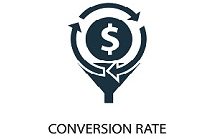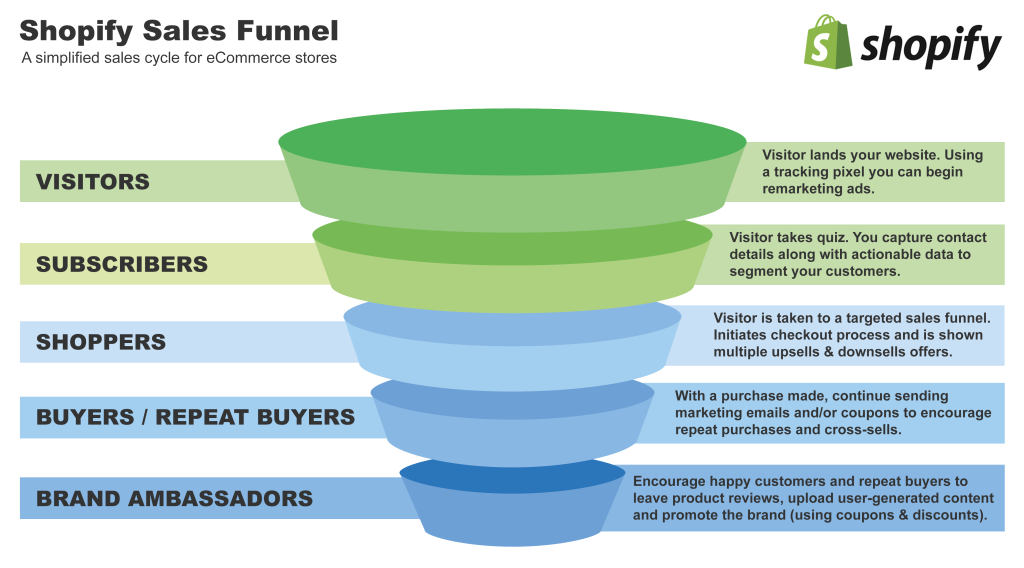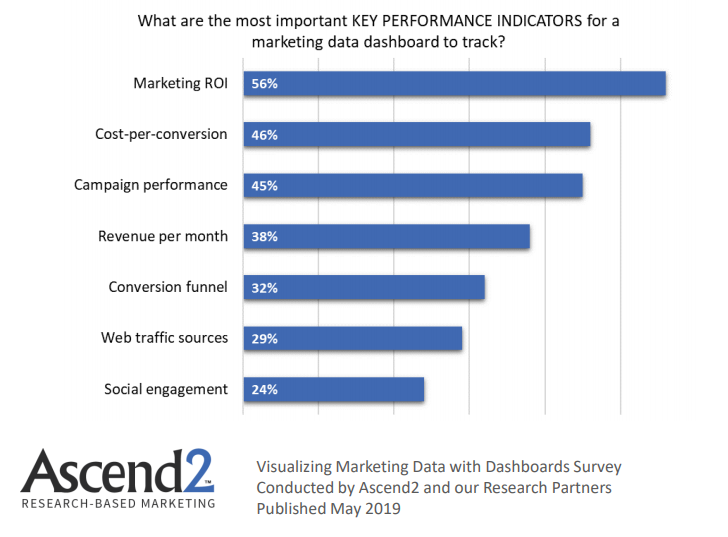Introduction
When it comes to running a successful business, understanding your customer journey is crucial. One important aspect of this journey is the sales funnel, which represents the steps a potential customer takes from initial awareness to making a purchase. However, it is common for businesses to experience drop-offs at various stages of the funnel, where potential customers abandon the process. Identifying and addressing these drop-offs is essential for optimizing your funnel and maximizing conversions.
Understanding the Importance of Identifying Drop-offs
When it comes to optimizing your sales funnel, identifying and addressing drop-offs is crucial. A drop-off occurs when a potential customer leaves the funnel without completing the desired action, such as making a purchase or filling out a form. By identifying these drop-offs, you can pinpoint areas of improvement and take necessary steps to address them. In this article, we will explore effective strategies to identify and address drop-offs in your funnel.
1. Analyze Your Funnel Metrics
The first step in identifying drop-offs is to analyze your funnel metrics. This involves tracking key performance indicators (KPIs) such as conversion rates, bounce rates, and exit rates at each stage of the funnel. By closely monitoring these metrics, you can identify the specific points where potential customers are dropping off and not progressing further.
1.1 Conversion Rates
Conversion rates indicate the percentage of visitors who complete the desired action. Low conversion rates at a particular stage of the funnel suggest a drop-off point that needs attention. Analyze the conversion rates at each stage to identify potential areas of improvement.
1.2 Bounce Rates
Bounce rates refer to the percentage of visitors who leave your website after viewing only one page. High bounce rates can indicate a lack of engagement or relevance, leading to drop-offs. Analyze the bounce rates to identify pages or content that may be causing potential customers to leave.
1.3 Exit Rates
Exit rates represent the percentage of visitors who leave your website from a specific page. High exit rates at a particular stage of the funnel can indicate a drop-off point. Identify the pages with high exit rates and evaluate the content or user experience to address potential issues.
2. Utilize User Behavior Analytics
User behavior analytics provide valuable insights into how visitors interact with your website and funnel. By utilizing tools like heatmaps, session recordings, and click tracking, you can gain a deeper understanding of user behavior and identify potential drop-off points.
2.1 Heatmaps
Heatmaps visually represent user activity on your website.
Summary
In this blog post, we will explore the significance of identifying and addressing drop-offs in your sales funnel. We will discuss the potential reasons behind drop-offs, such as lack of engagement, confusing navigation, or unexpected costs. By understanding these reasons, you can take proactive measures to rectify the issues and improve your conversion rates.
We will also delve into various strategies and tools that can help you identify drop-offs in your funnel, such as analytics platforms, user feedback, and A/B testing. By leveraging these resources, you can gain valuable insights into customer behavior and pinpoint the exact stages where drop-offs occur.
Furthermore, we will provide practical tips and techniques for addressing drop-offs and optimizing your funnel. This may involve streamlining the user experience, simplifying the checkout process, or offering incentives to encourage customers to proceed further. By implementing these strategies, you can reduce drop-offs and increase the likelihood of conversions.
Ultimately, by identifying and addressing drop-offs in your funnel, you can enhance your overall sales performance and drive business growth. Stay tu click for more ned for our upcoming blog posts, where we will dive deeper into specific tactics and case studies to help you overcome common drop-off challenges.
- Q: What is a drop-off in a funnel?
- A: A drop-off in a funnel refers to the point where potential customers or users abandon the conversion process and do not complete the desired action, such as making a purchase or filling out a form.
- Q: How can I identify drop-offs in my funnel?
- A: You can identify drop-offs in your funnel by analyzing data and metrics, such as conversion rates at each stage of the funnel, tracking user behavior through analytics tools, and conducting user surveys or feedback sessions.
- Q: Why do drop-offs occur in a funnel?
- A: Drop-offs can occur due to various reasons, including a complicated or lengthy checkout process, technical issues, lack of trust or credibility, high costs, poor user experience, or ineffective marketing messages.
- Q: How can I address drop-offs in my funnel?
- A: To address drop-offs in your funnel, you can optimize the user experience by simplifying the conversion process, improving website performance and loading times, building trust through social proof and testimonials, offering incentives or discounts, and personalizing marketing messages.
- Q: What are some best practices for reducing drop-offs?
- A: Some best practices for reducing drop-offs include conducting A/B testing to optimize landing pages and forms, providing clear and concise instructions, offering multiple payment options, implementing a remarketing strategy, and continuously monitoring and analyzing funnel data to identify and address bottlenecks.




